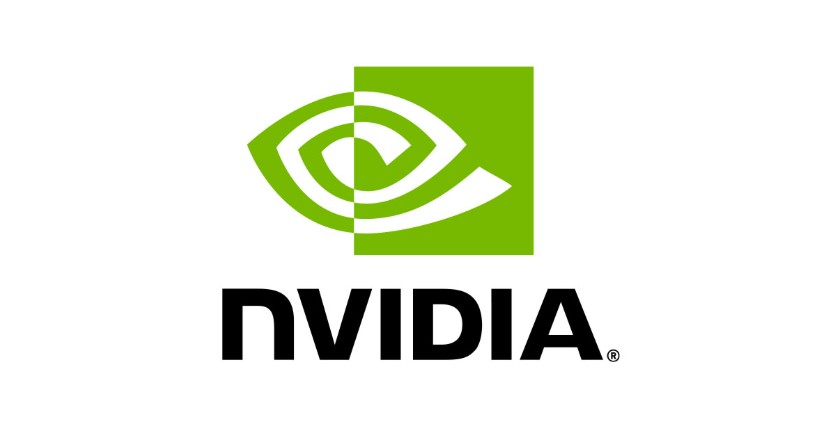September 18, 2025: Nvidia has announced a $5 billion equity investment in Intel, marking a significant strategic partnership between two of the most recognized names in the semiconductor sector. The move comes shortly after the U.S. government acquired a 10% stake in Intel, signaling renewed efforts to boost domestic chip manufacturing.
Nvidia’s investment will secure roughly a 4% stake in Intel following the issuance of new shares. This makes Nvidia one of Intel’s top shareholders and signals a shift in Intel’s long-term direction after a prolonged period of internal restructuring and market share challenges.
The deal arrives during a pivotal moment for Intel, which has recently faced operational setbacks and leadership changes. In March, the company appointed Lip-Bu Tan as CEO. His appointment sparked political scrutiny due to perceived China ties, prompting a high-level discussion in Washington. This culminated in the federal government’s unexpected investment in Intel, aimed at strengthening U.S. semiconductor independence.
Nvidia : Strategic Collaboration Without Foundry Involvement
The Nvidia-Intel partnership focuses on collaborative development of chips for both PC and data center applications. However, the deal notably excludes Nvidia’s use of Intel’s contract manufacturing services—an area widely viewed as critical to Intel’s long-term viability.
Instead, the companies will co-design central processors integrated with Nvidia’s AI graphics processing units (GPUs). A proprietary interface developed by Nvidia will enable faster communication between the chips, a key advantage in AI workloads requiring high-speed data transfers.
Intel is also expected to package Nvidia-designed chips with its own CPUs for both server and consumer markets. For the PC sector, Nvidia will supply a custom graphics chip for integration with Intel processors, potentially reshaping the competitive dynamics with AMD.
News of the investment caused Intel shares to rise by 30% in premarket trading. Nvidia shares also edged up, while competitors like AMD and Taiwan Semiconductor Manufacturing Company (TSMC) saw modest declines. Analysts suggest the deal may alter industry dynamics by creating a competitive challenge for AMD and potentially threatening TSMC’s dominant role as Nvidia’s current chip supplier.
Nvidia’s purchase price of $23.28 per share represents a premium over the $20.47 paid by the U.S. government, but slightly below Intel’s most recent closing price. Market analysts interpret the move as a diversification of Nvidia’s U.S. exposure while aligning more closely with federal policy goals.
“This deal reinforces Nvidia’s commitment to U.S.-based partnerships and could have geopolitical implications, particularly regarding China,” said Chris Beauchamp, chief market analyst at IG Group.
The partnership is viewed as an effort by Nvidia to stay aligned with U.S. regulatory direction while potentially positioning Intel for a stronger comeback. For Nvidia, the financial impact of the investment is considered modest, but the political leverage gained may be more significant as it navigates export restrictions and licensing issues in China.
Nvidia’s H20 chips, designed for the Chinese market, have faced shipping delays despite regulatory approvals tied to a revenue-sharing deal with the U.S. government. The collaboration with Intel may help broaden Nvidia’s hardware ecosystem outside of China-focused products.
While the companies have not disclosed the financial specifics of their joint development plans, they confirmed a commitment to produce multiple product generations together. Both firms emphasized that no licensing exchange is involved in the arrangement.
Intel, still the dominant player in x86 computing architecture, is aiming to reclaim ground in data centers and PCs where it has lost share to Arm-based designs and AMD offerings. The Nvidia collaboration may offer a new growth vector, particularly in the AI server space where demand for performance-optimized systems is increasing.
A launch date for the first jointly developed products was not provided, but both companies indicated that their existing product roadmaps remain unchanged.






